Grape "leather":
Innovation at the service of the future
In a world in the throes of an ecological crisis, responsible consumers increasingly want to control their carbon footprint, while respecting biodiversity. It is therefore useless to be vegan to seek to replace products of animal origin, all the more so when shocking videos are regularly released on their slaughter conditions.
This explains the growing demand for alternatives to animal leather, and the success of what is improperly called "vegetable leather". Among the various vegetable "leathers" on the market, "grape leather" is probably the most impressive in terms of results.
Find out why this eco-leather has convinced many professionals, with a flexible and resistant material, ideal for vegetable leather goods such as grape bags, but also in the luxury or clothing industry.

What is leather?
The term "leather" corresponds to precise definitions, which we sometimes tend to overuse. Two notions complement each other: the look of the leatherworker and that of the lawyer!
Leather from an anatomical point of view
Natural leather is a noble material, obtained by transforming the thick skin of certain animals to make it resistant and rot-proof, thanks to a chemical tanning process. The skin naturally contains two layers of tissue:
◦ The epidermis, the superficial layer, which is removed;
To make leather, we most often use the skin of farmed mammals, such as cattle, lamb, sheep, goat, or sometimes the skin of certain reptiles, such as snakes or the crocodile.
This “exploitation” of the animal world is widely claimed, since the technical language of tanners does not hesitate to use it, even abuse it. Thus suede, or suede leather, is not, fortunately, the leather of the wild animal, but a technical term designating leather, most often cowhide, having undergone a treatment to give it an aspect more or less velvety, similar to nubuck leather.
Leather from a legal point of view
As a noble and expensive material, natural leather was very soon challenged by synthetic leathers of the imitation leather type. To protect the consumer, the Consumer Code in its article L 214-1 has therefore defined leather as being of strictly animal origin. Article 2 specifies in particular that "the use of the word 'leather', as a main or root title or in the form of an adjective ... is prohibited in the designation of any material other than that obtained from animal skin in means of tanning or impregnation preserving the natural shape of the fibers of the hide. »
This is why the expression "vegetable leather" is by nature improper, but it has the advantage of not misleading the consumer, by specifying from the outset the vegetable origin of the product.
How to create vegetable leather for leather goods?
Luxury leather goods or standard leather goods make extensive use of natural leather, because its flexibility and resistance allow it to be worked just as well for a thick shoulder strap , than for a thinner clutch. It is therefore an ideal material for everyday use, such as a grape bag, a satchel or a wallet.
What is leather tanning?
Tanning: transformation of small skins (sheep, goat, pork, etc.), by any method of tanning. (Larousse)
The animal skin used to make leather belongs to what is known in slaughterhouses as the Fifth Quarter, meaning everything that is not meat. After slaughter, professionals pare the carcass to remove the skin, which will then undergo a whole series of treatments to make it resistant over time.
The actual tanning is then done either using natural tannins or using chemicals, most often based on potentially toxic chromium or zirconium salts. If chemical tanning is the most economical, vegetable tanning is by far the most qualitative: it is done with vegetable powders rich in natural tannins, such as grapes, and over a longer period, often by chaining the successive baths in drums.
The last step is then to transform the raw tanned leather into finished leather, with various manual, chemical or physical operations to work on the texture of the grain, its shine, its relief, its color and its suppleness.
How is vegetable leather tanned?
It was a chemical engineer, Richard Wool, a specialist in biomolecular chemistry, who first thought about the notion of an "eco-leather", made from vegetable matter and in particular soy.
Quality natural leather must meet the dual challenge of flexibility and resistance, which the animal collagen fibers located in the dermis of the skin. But plants also have plant fibers which ultimately fulfill the same function, since they are involved both in the flexibility of a leaf and in the rigidity of a tree trunk.
This is the case for cellulose and lignin. The challenge was therefore not to tan the collagen fibers as for classic leather, but to create from biological and biochemical knowledge a vegetable textile fiber, including the cellulose fibers of plants. This is what makes it possible today, for example, to offer very high quality grape leather goods, with a grain and texture very close to animal leather.
What are the different vegetable "leathers"?
Apart from"grape leather, which is for many a "must", different plants have been used to provide a soft and rot-proof textile, close to leather goods or clothing.
Drawing inspiration from the traditional Filipino garment made of pineapple fibres, the barong tagalog, Asian researchers have developed a non-woven fabric very close to the structure natural leather in terms of suppleness and texture This "pineapple leather" however comes up against an ecological problem according to specialists, because extending the cultivation of this exotic fruit would amount to nibbling away on tropical land which represents 6% of the world's biodiversity . It is also a material produced on the other side of the world, which is deleterious in terms of carbon footprint.
The "leather" of hevea comes up against the same difficulty, with for specialists a rendering of lower quality, closer to a vegetable latex reminiscent of imitation leather.
Leather " of mushroom or Muskin® is perhaps more promising, even if it offers a more limited palette of textures. This pseudo-suede is produced from Phellinus ellipsoideus, and is ideal as an alternative to "vegetable suede", offering a velvet feel with a peach skin aspect.
As for the "leather" of apples or cactus, they remain, to this day, more anecdotal, but they prove that the proper processing of plant fibers makes it possible to find real alternatives to animal leather and with tanned collagen fibers.
All about making grape "leather"
To reconcile both technical and ecological requirements, other processes have been developed and have thus led to the development of grape "leather". This ecological and 100% vegan material was developed in particular by the Italian start-up Vegea®.
This company located in Milan, one of the European capitals of fashion, has thus established several partnerships since its creation, with big names in fashion, design and the world of luxury, seduced by the quality of its "leather". of grapes. To weave one m² of grape "leather" and make a bag out of grapes, it takes on average 2.5 kilograms of grape marc, which represents 7 vines. With one huge advantage: grape production is abundant in Europe and the Mediterranean, and grape marc from winemaking is an abundant by-product of viticulture, whose recycling or disposal disposal must be done in compliance with environmental standards, since the decree of August 17, 2011 relating to the distillation of winemaking by-products.
Grape marc corresponds precisely to the solid part obtained after extracting the juice from the grapes: it is therefore made up of the skin, seeds and stems of the grapes. It thus combines different types of cellulose and lignins, rigid like those of the seed coat, or flexible and silky like those of the exocarp of the berries (“skin”). This grape exocarp is very special, because it is one of the rare vegetable skins to be so thin that you can see the fruit pulp through transparency.

Making Grape "Leather"
First, this marc is dried to dehydrate it and then grind it. The fine powder thus obtained will then be reworked, to incorporate it into vegetable oil and a chemical polymer (PU or polyurethane), identical to that forming elastic fabrics such as Elastane® or Lycra®. The manufacture of these organic materials, partly derived from petrochemicals, has been part of a voluntary sustainable development approach for several years.
Quality leather must combine two main properties:
◦ It must be supple, approaching a feel reminiscent of skin This is what contributes in particular to the sensuality of this rich material, which offers a feeling of second skin... provided you forget that it was torn from a carcass in a slaughterhouse!
This is what makes it necessary to have a product that is both rot-proof, globally resistant to water, but permeable to air.
All these conditions are met with grape "leather", explaining why a major luxury car brand has chosen the Italian brand Vegea. You should know that luxury brands or major fashion designers have always favored exceptional leathers, most often obtaining them from special farms, where barbed wire was prohibited for having no mark or no flaw on animal skin. This is obviously not a problem for grape leather goods!
The strength of grape "leather" is the perfect combination of flexibility and resistance. One of the explanations is very simple, and lies in these small particles that everyone has observed in a glass of wine: tannins. It is these tannins that the tanner uses to solidify animal skin: grapes are naturally one of the most tannin-rich fruits there is. Not only are these tannins therefore a source of pleasure, giving the grands crus all their aromas (to be consumed in moderation), but also offering leather goods a striking alternative to leather... to be consumed this time without moderation, by cracking without complex for a grape bag that is both solid, ecological and fashionable!
Why choose vegetable "leather"?
Choosing grape "leather" is much more than a symbolic choice not to endorse a leather industry, which is as disrespectful of the environment as it is of animal welfare. It is a reasoned choice, because it combines pleasure, protection of the planet and economic interests.
What are the benefits of grape "leather"?
1. Respect for the animal cause
The big advantage of grape "leather" leather goods over traditional leather goods obviously lies in the respect for animal welfare. Despite increasing legislation, scandals regularly show how much the conditions for raising and slaughtering animals can be outrageous. Without being obviously moralistic, why be complicit in such acts if there is an effective alternative that is identical from every point of view? Because unlike meat, where nutritional considerations can arise, leather does not suffer from any discussion: it is an object of pleasure!
2.Ecological
Making leather goods out of grapes offers a triple ecological benefit:
◦ It is part of sustainable development, by recycling a viticultural by-product in excess in our latitudes, grape marc ;
◦ It contributes to reducing animal production, the impact of which on the carbon footprint is known to be very harmful for the planet;
◦ It finally bans products that are very toxic to the environment, such as tanning products based on chromium, arsenic or mercury, which are dangerous to times for soils, groundwater and the workers who handle them
If we can partly justify the production of meat intended for human consumption, how can we justify, on the other hand, that the breeding of crocodiles or snakes has the sole purpose of manufacturing luxury leather, that we then ship to the end of the world, in ships filled with super-containers? Is it essential, when much simpler solutions exist?
3. Ethical and socially responsible
A report by Cash Investigation, Luxury, shocking underwear denounced the lackluster underwear of the luxury leather industry a few years ago. Occupational illnesses, child labor, precarious conditions, exploitation of undeclared or illegal human beings, are in reality sometimes hidden behind this "noble" material that is basically leather... which suddenly lost a large part of its magic and of his nobility.
4. Trend
Vegan "leather" is often worked by young designers, by passionate craftsmen or by renowned big names. It is therefore the certainty of having an innovative product, as much in the material as in its lines or its models, and therefore the certainty of having a rare and precious product, because it is often produced in small series.
The almost carnal bond maintained with your bag or leather jacket is all the stronger because you don't see it in others, finally making it possible to reconcile shopping for pleasure and responsible shopping!
5. Healthy
Finally, the big advantage of grape leather goods is to offer a plant material free of any harmful chemicals, hazardous solvents, heavy metals, or any other product harmful to the environment.
This is particularly important when these products may come into contact with fragile people, young children or pregnant women.
How to choose vegetable "leather"
in leather goods?
Buying grape leather goods supposes choosing a vegetable "leather" of quality, supple and resistant, produced in compliance with environmental standards.
In a coherent approach, it is better to favor European and French craftsmen, who work with passion and sometimes traditional methods, recognized throughout the world.
To promote this know-how, the authorities have also created a label of excellence a few years ago, the Entreprise du Patrimoine Vivant.
.


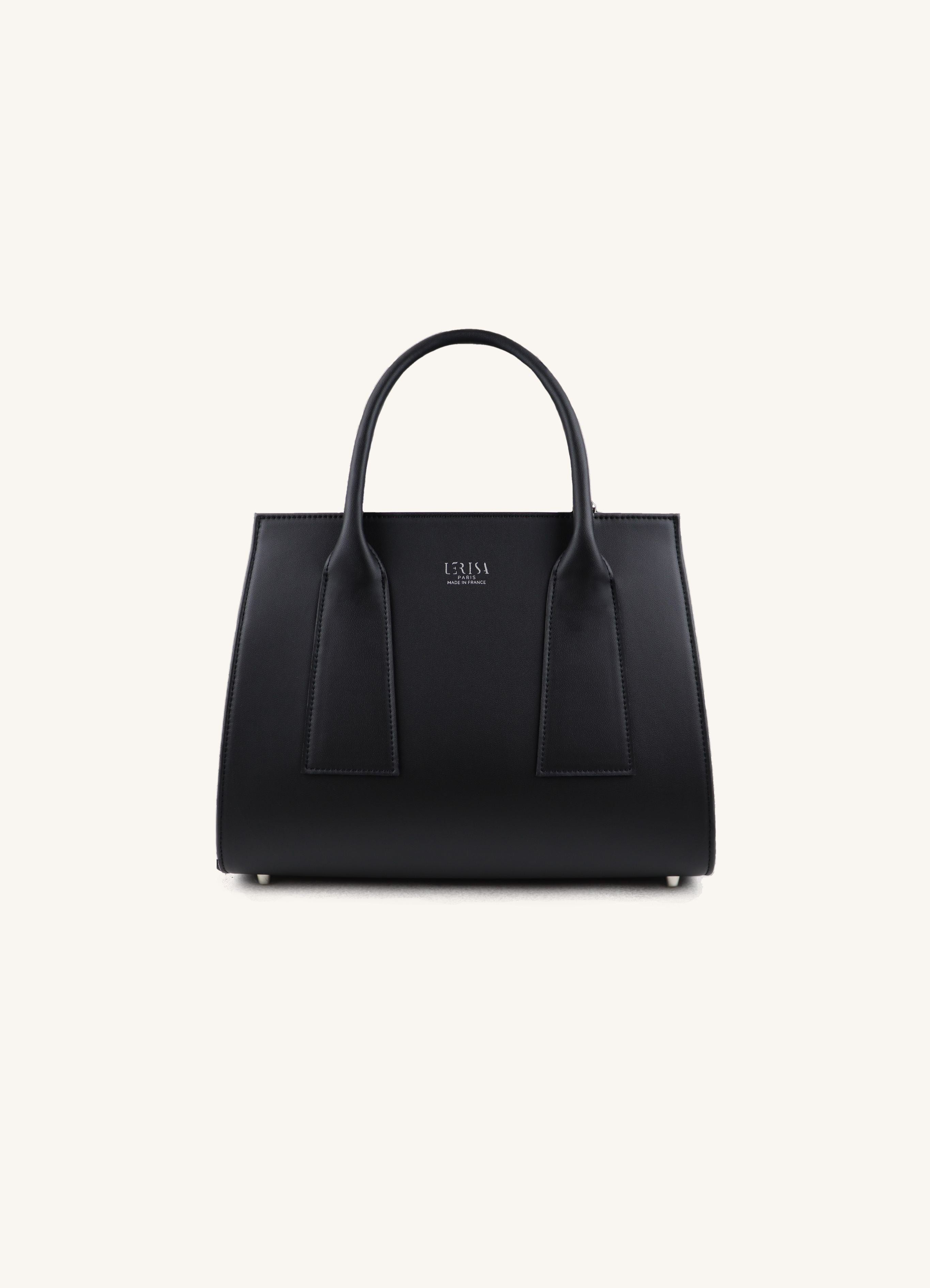
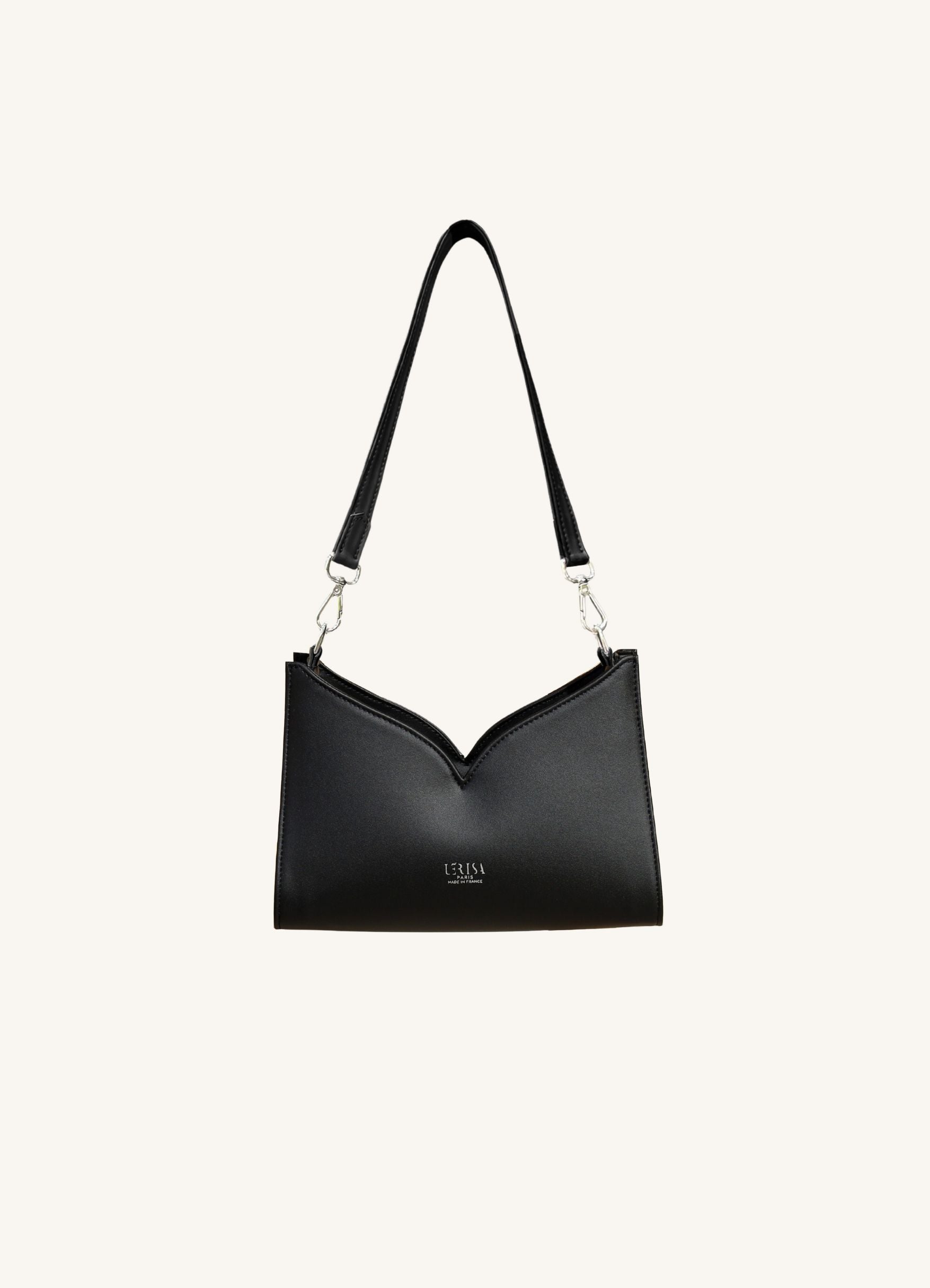
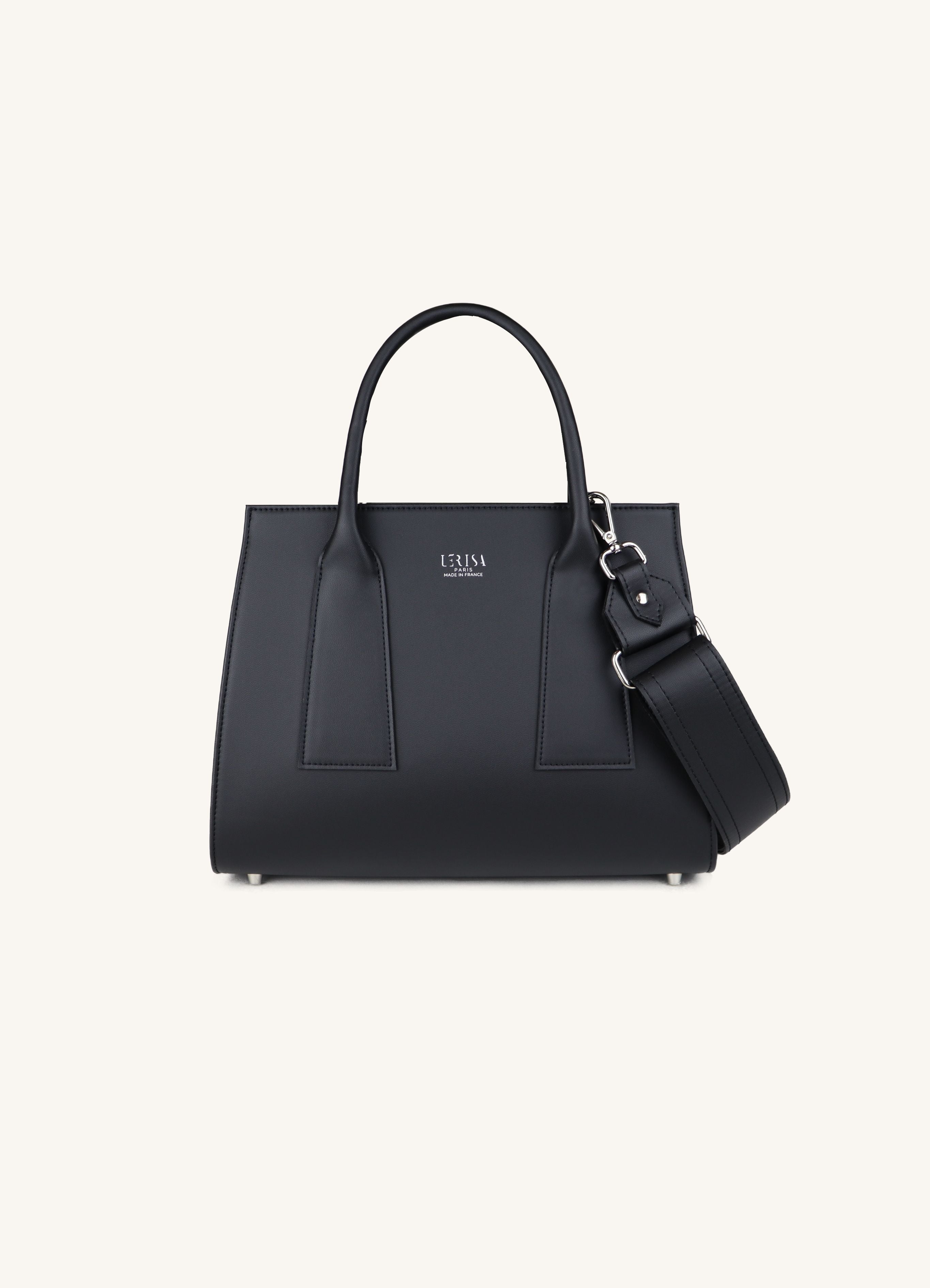
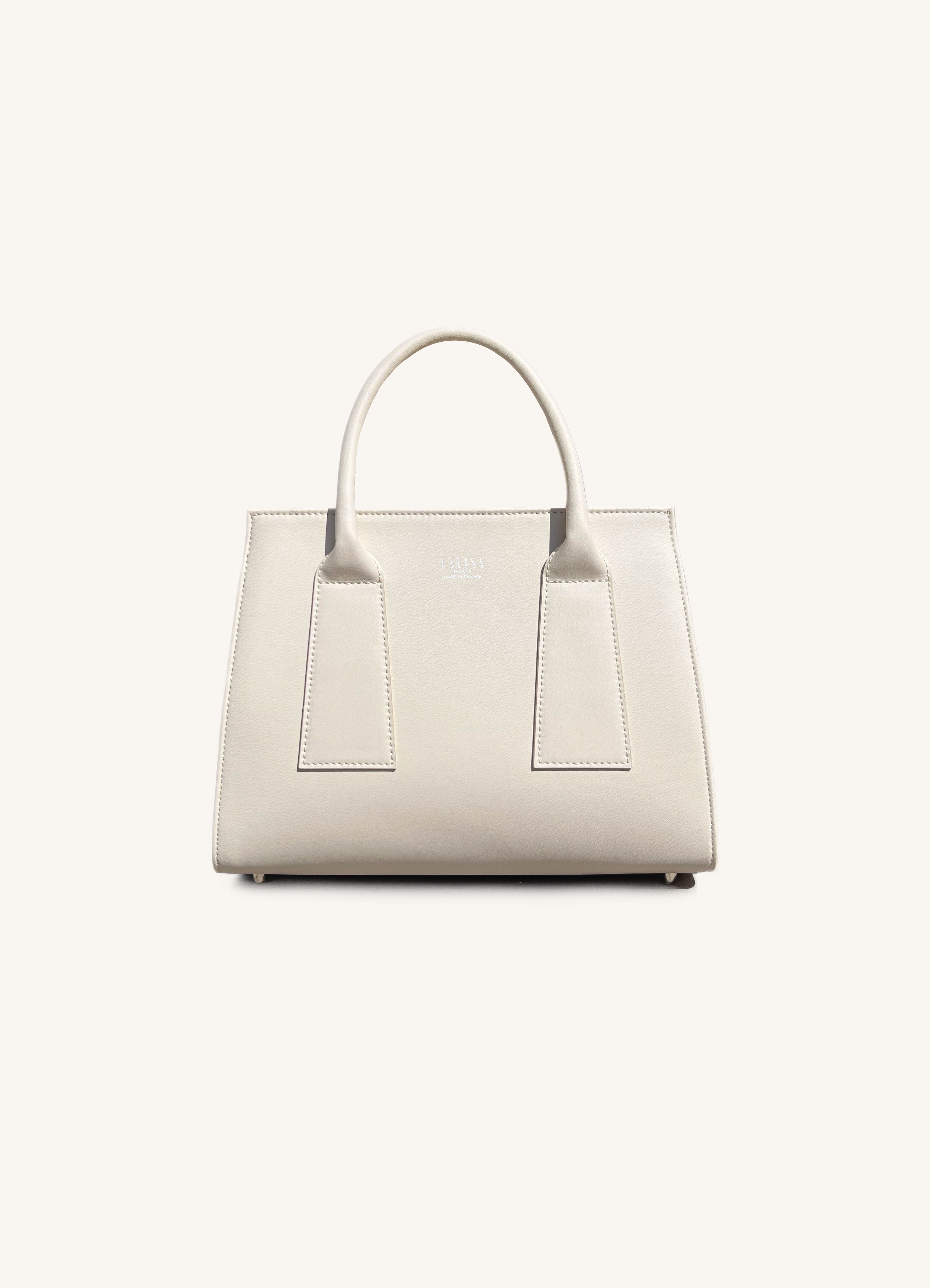
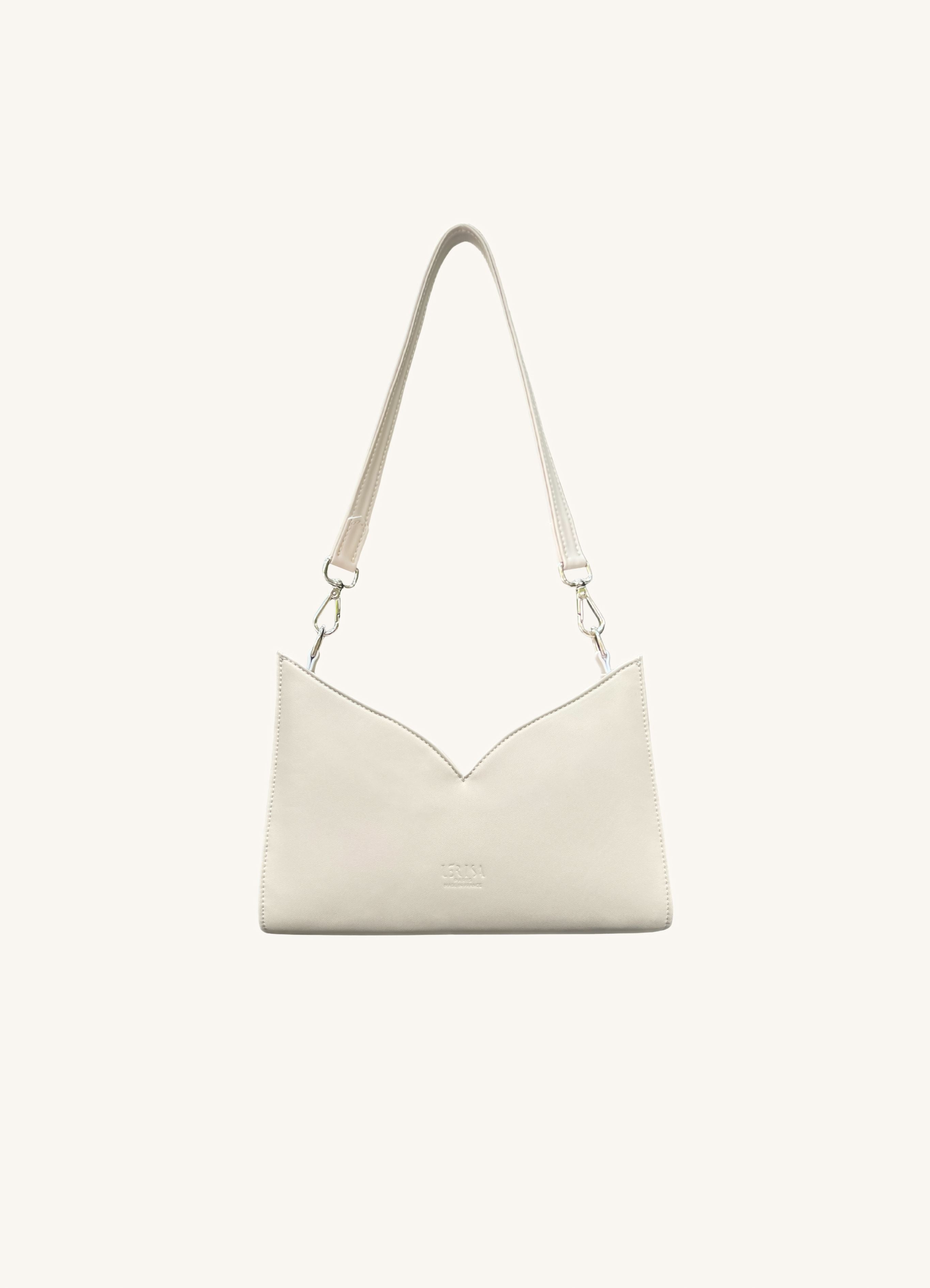
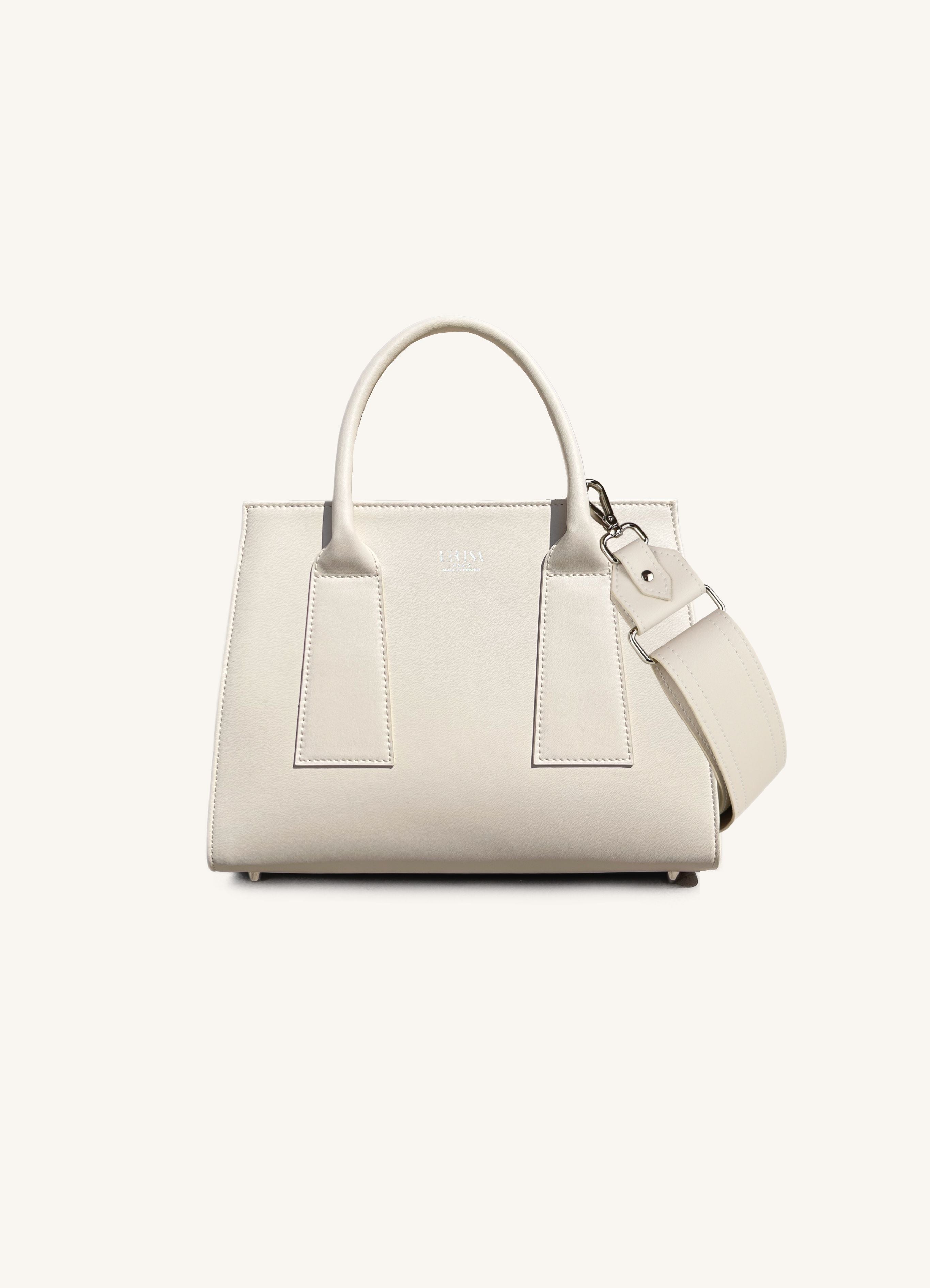

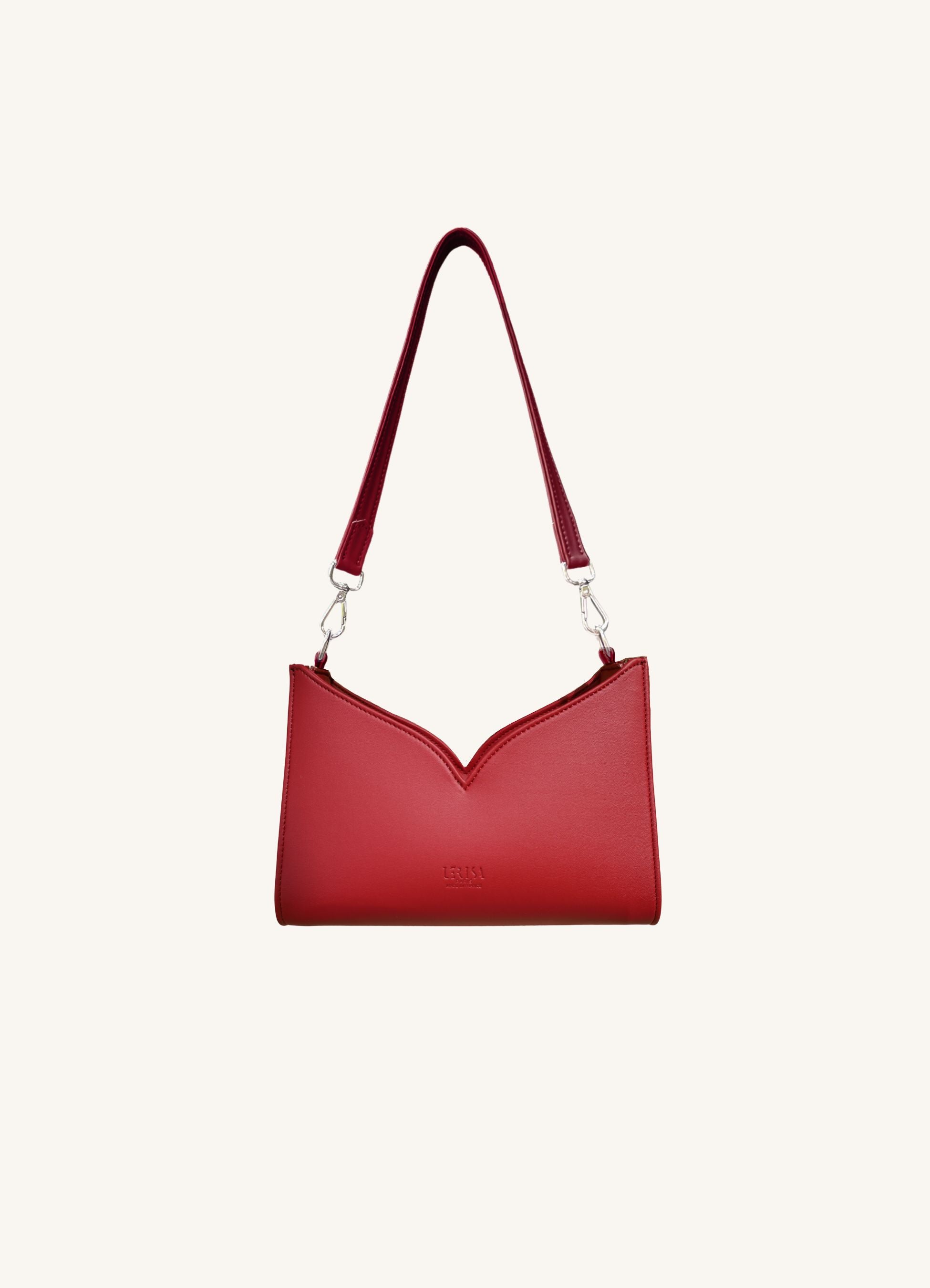

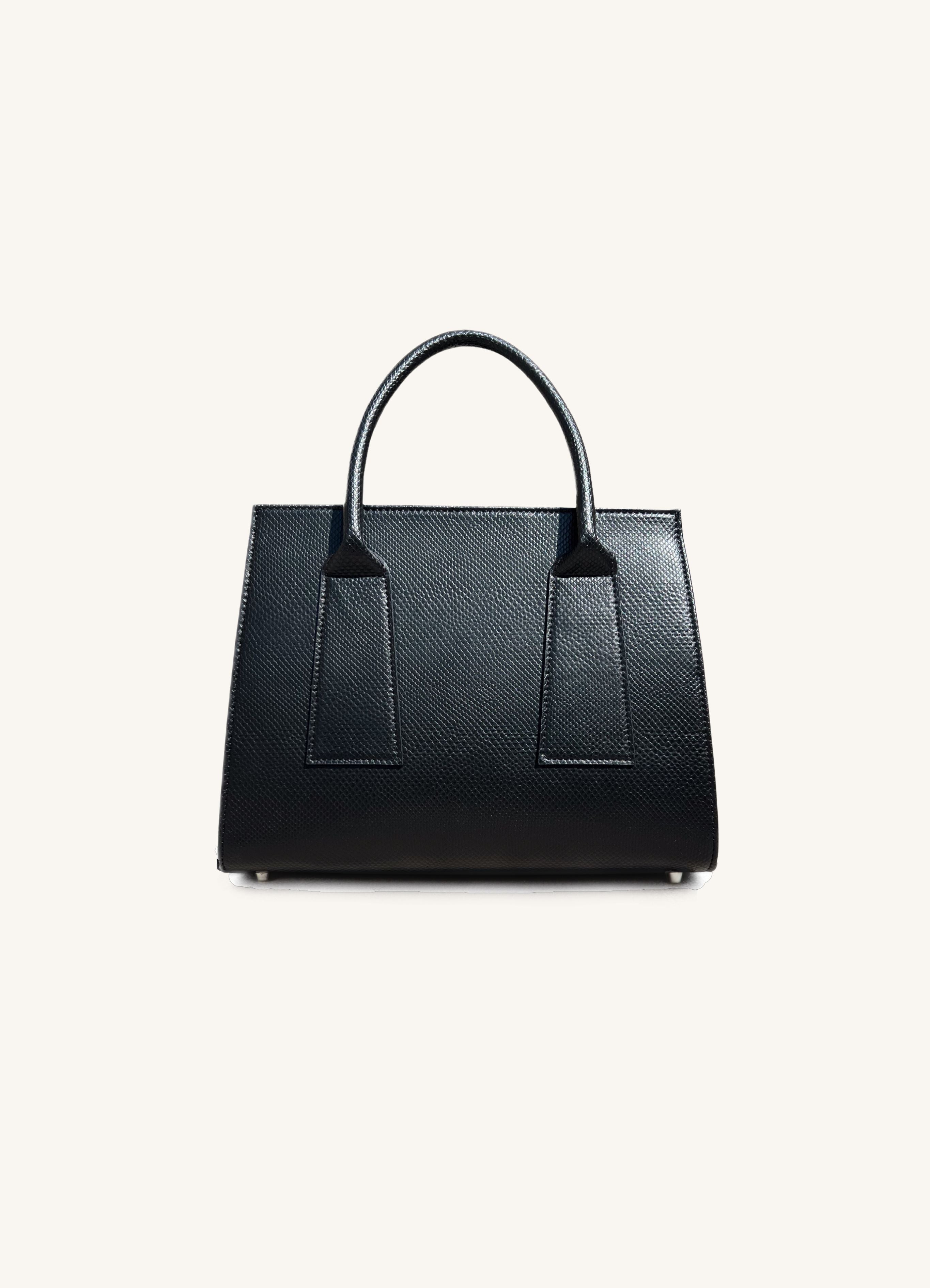

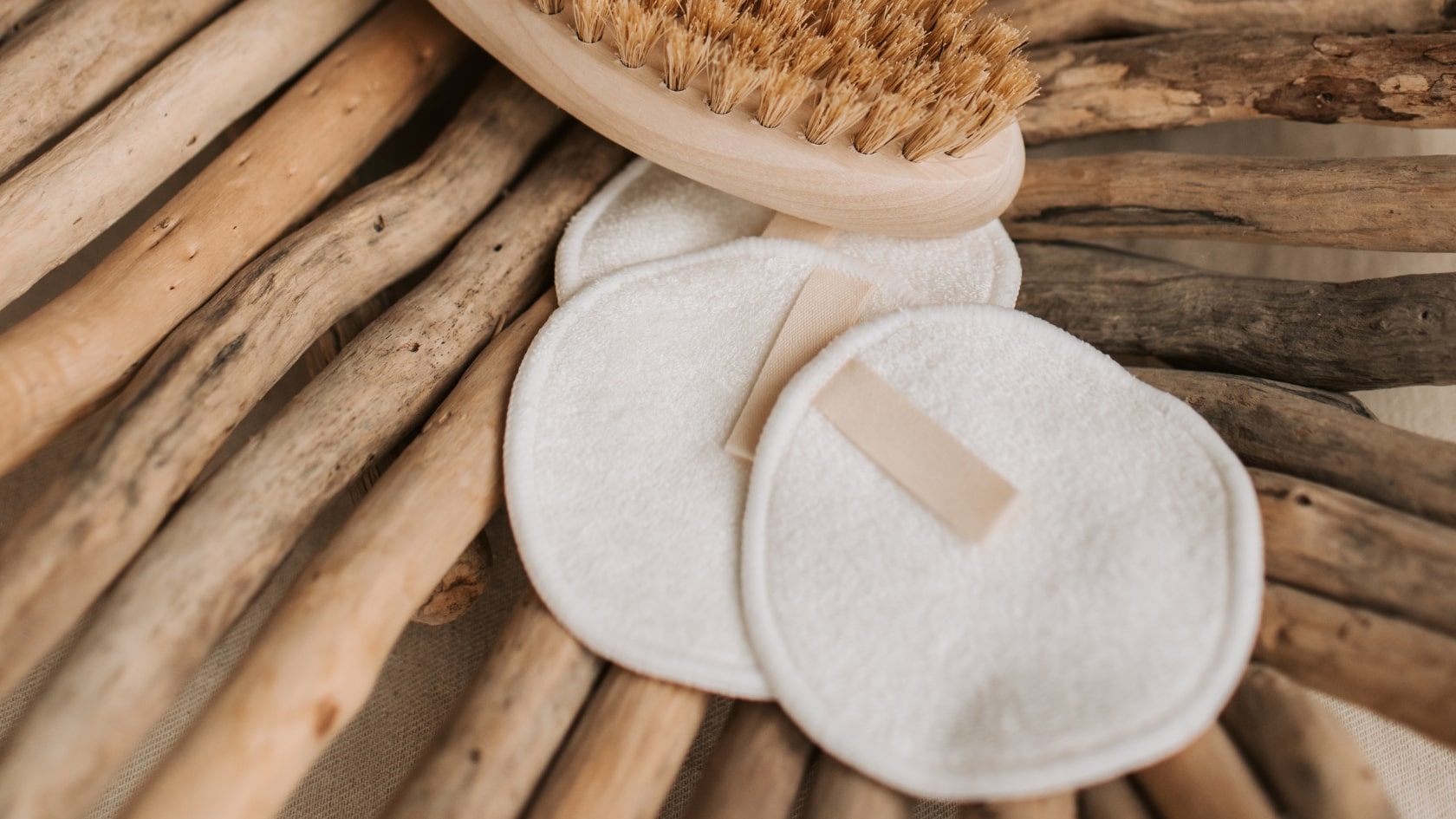
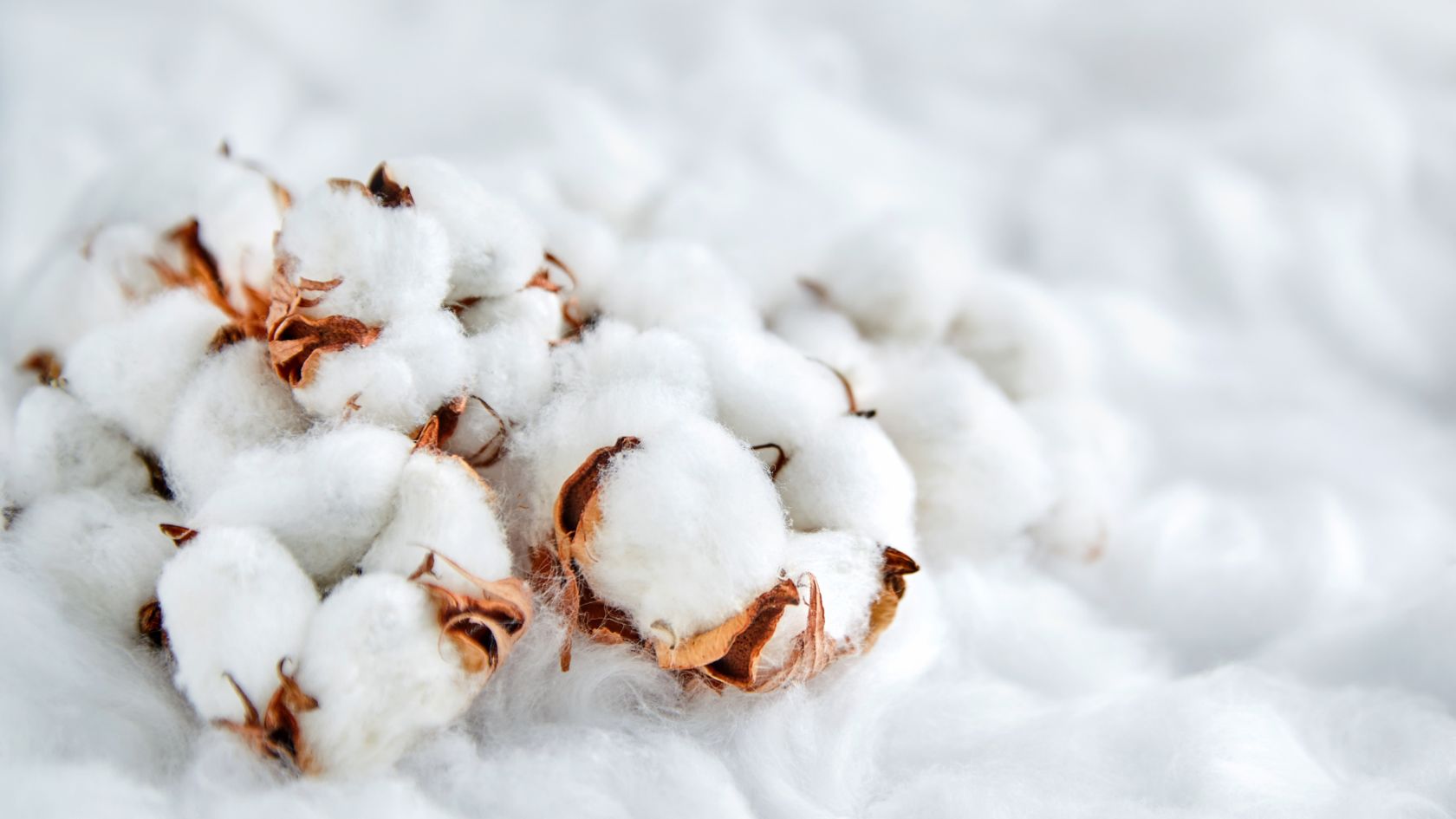
1 comment
Bonjour Lerisa
Sensible a la cause animale et avtive partisante du mouvement 0% de dechet mode , je m interesse au simili cuir a base de fruit dont le raisin.
Je souhaiterai plus d information sur le sujet.et notemment sur les elements du marc utilises et le type se matriel( machine) employes pour la fabrication de la poudre.
Pourriez vous me fournir ces precisions ou m indiquer vzrs qui m orienter , s il vous plait.
Merci pour votre reponse
Le meiilleur a vous.
Bien cordialement.
Martine Catherine
Leave a comment